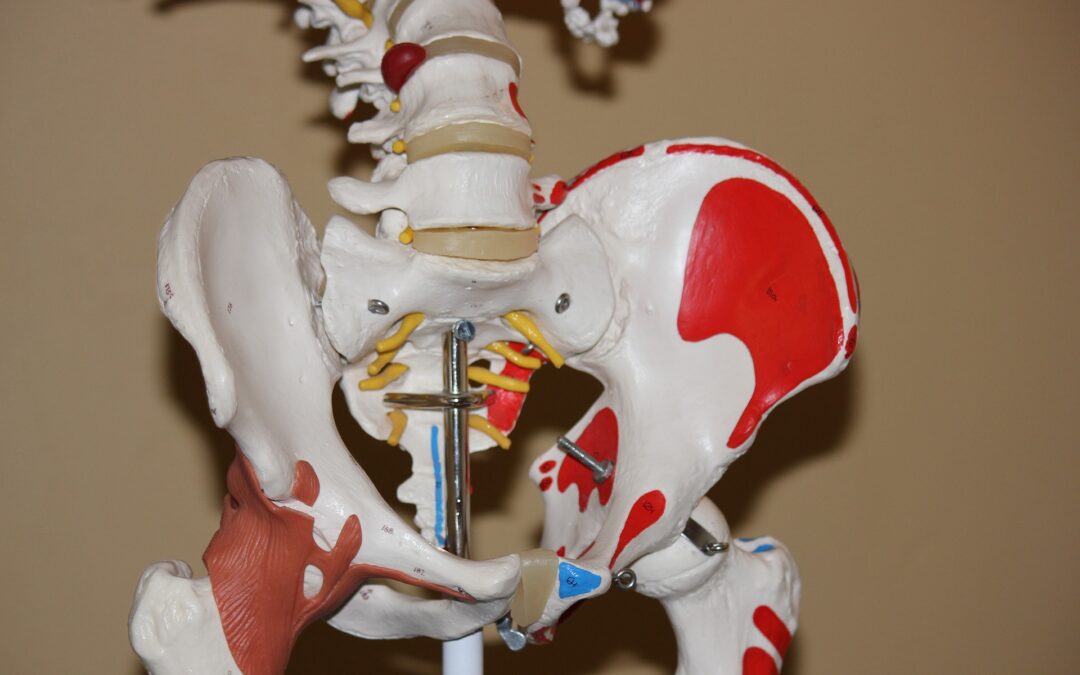Can a Hip Brace Improve Short-Term Hip-Related Quality of Life for People With Femoroacetabular Impingement and Acetabular Labral Tears: An Exploratory Randomized Trial
Eyles JP, Murphy NJ, Virk S, Spiers L, Molnar R, O’Donnell J, Singh P, Tran P, Randhawa S, O’Sullivan M, Hunter DJ. Clin J Sport Med. Publish online 8 Sep 2021.
https://pubmed.ncbi.nlm.nih.gov/34516433/
Take-Home Message
Patients with femoroacetabular impingement syndrome (FAIS) or a hip labral tear had improved hip-related quality of life, symptoms, and function by wearing a hip unloader brace for 6 weeks. However, participants reported low adherence and poor satisfaction with comfort and effectiveness.
Background
Patients with FAIS or a labral tear often experience pain in adduction, internal rotation, and flexion. While avoiding these impingement positions may help reduce pain, observation studies of one hip brace failed to find benefit. However, we need randomized clinical trials to determine if other hip braces improve quality of life and decrease pain for patients with FAIS or a labral tear.
Study Goal
The authors sought to determine whether providing the novel hip brace along with standard conservative care improved (1) hip-related quality of life, (2) hip symptoms and function, (3) participation restrictions, (4) acceptability and tolerability, and (5) adverse events, relative to providing standard conservative care without the hip brace.
Methods
The authors performed a 6-week exploratory randomized controlled trial among people with hip pain diagnosed with either FAIS or an acetabular labral tear and planning to receive conservative treatment (e.g., education, physical therapy, corticosteroid injection). People were excluded if they had hip osteoarthritis, a previous hip injury/pathology, or surgery planned within the next 6 weeks. Participants in the experimental group (n=17) wore the Hip Unloader (Ossur, Reykjavik, Iceland) brace for 6 weeks. Meanwhile, people in the control group (n=18) did not receive a brace. The researchers evaluated International Hip Outcome Tool (iHOT-33) scores, which assess hip-related quality of life from 0 (worst) to 100 (best), as the primary outcome of the study. The researchers also evaluated Copenhagen Hip and Groin Outcome Score (HAGOS) scores from 0-100, which assesses pain, symptoms, physical function in daily living, sport/recreational, activity participation, and quality of life. Finally, participants answered questions about their satisfaction with the brace and any adverse events.
Results
The participants had an average age of 39 years, and 60% of participants were female. Almost half of the participants reported average weekly wear of 1 to 2 hours/day. Participants who received a brace had improved hip-related quality of life (iHOT scores) from baseline to 6 weeks (17-point improvement) relative to patients who did not receive a brace (0.5-point improvement). Furthermore, the participants with a brace also had improved HAGOS scores of pain, symptoms, physical function in daily living, and quality of life compared with the control group. Out of 17 participants who received the brace, most were satisfied with brace weight, safety and secureness, dimensions, and ease of use. However, only 7 out 17 reported being satisfied with the comfort, and only 5 were satisfied with the brace’s effectiveness. Lastly, the participants reported 3 adverse events that reduced brace wear: worsened hip and lower back symptoms, an unrelated back injury, and a sore non-study hip.
Viewpoints
In this exploratory trial, the authors found that a hip brace may moderately affect hip-related quality of life, pain, symptoms, and physical function in daily living. These findings justify a new clinical trial to verify the results with a larger sample size. However, on the other hand, patients were generally not satisfied with the comfort and effectiveness of the brace. If we can identify strategies to improve the comfort of the hip brace, patient adherence and potential outcomes may improve.
Clinical Implications
Further research is needed before definitive clinical recommendations are provided. However, clinicians may consider an unloader brace for 6 weeks when a patient has a FAIS or a labral tear. Clinicians should be mindful that we lack definitive data. Furthermore, we need to recognize that many patients may not find the brace comfortable and wear time may only be a few hours each week.
Questions for Discussion
How can the Hip Unloader brace be made more comfortable? With increased patient adherence, will improvements in patient outcomes be further increased?
Related Posts
Physiotherapist-led treatment for young to middle-aged active adults with hip-related pain: consensus recommendations from the International Hip-related Pain Research Network, Zurich 2018
Consensus recommendations on the classification, definition and diagnostic criteria of hip-related pain in young and middle-aged active adults from the International Hip-related Pain Research Network, Zurich 2018
Hip Impingement is More Prevalent in Semiprofessional Male Soccer Players
Written by: Ryan Paul
Reviewed by: Jeffrey Driban


